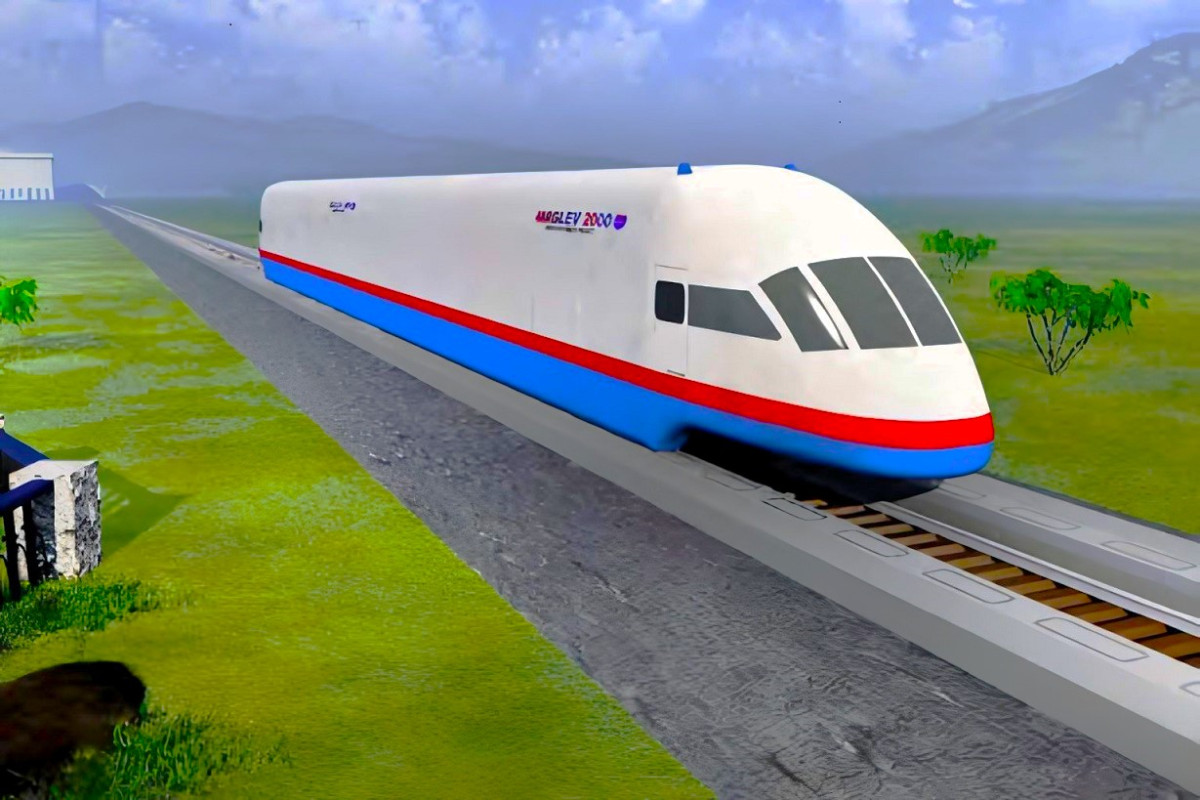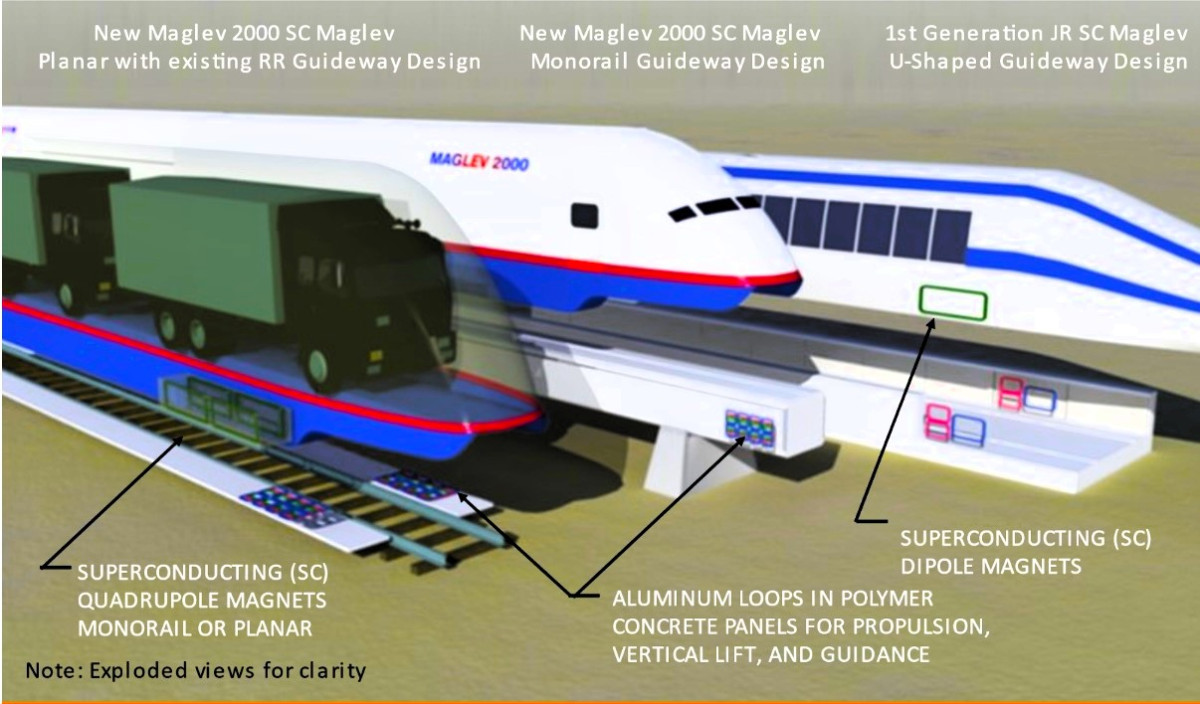Unlike conventional railways, A A maglev train moves magnetically and propels itself by gliding through the air along a path. And this is not a matter of the future. The technology has already been tested in Japan and is planned to do so in the US based on superconducting Maglev (SC) technology. Maglev 2000It is a more advanced version in development with some major advantages, including a cruising speed of about 529 kilometers (325 miles) per hour.
The unique feature and most important advantage of the Second Generation Superconducting Maglev, or Maglev 2000, is the fact that it can operate on existing railway lines using the patented Maglev Emplacement in Railway Infrastructure (MERRI) technology. As stage experts explained RailtechSpecializing in Railway Technology.
Maglev 2000 attaches thin panels of aluminum loops to existing railway and subway track sleepers. According to James Jordan of the Interstate Project in America, who has long defended the system, Costs are relatively low$4 million per mile for a one-way interchange and $8 million per mile for a two-way interchange.
„It is important to highlight that the adapted track does not interfere with the operation of conventional steel wheels. „It is an important transition track that enables intermediate operations for owners and operators of steel wheel rail infrastructure,” says Jordan.

New Maglev 2000 trains (Source: RailTech)
For current operations using magnetic levitation Suo Shinkansen That Japan is building Between Tokyo and Osaka For the L0 series Maglev trains, an entirely new infrastructure must be built, which is completely physically separated.
A vision for Maglev 2000 Higher structure It uses a monorail line that connects to existing stations through adapted tracks. After operation of Maglev 2000 vehicles, regular trains can continue on the tracks if proper coordinated planning is done.

New Generation Maglev 2000 System (Source: RailTech)
Currently, there is a company that wants to build a maglev line in the US, called Northeast Maglev (DNEM). Connects Washington, DC to Boston, via Baltimore and New York. It will use the same technology currently used in Japan on the Chuo Shinkansen.
Maglev 2000 trains can be retrofitted from elevated tracks to existing tracks, meaning there is no need to build expensive and disruptive elevated tracks in areas already in regular rail service in densely populated areas.
In urban or suburban areas, Maglev 2000 vehicles will run on railway lines adapted for Maglev operations. Aluminum ring panels Thin, low-cost cables attached to sleepers will allow Maglev 2000 vehicles to levitate.
Maglev vehicles can use a flat track configuration Shift to high speed electronicallyOff-line modification for loading and unloading is carried out from the elevated main track to the secondary track leading to a regular station.
